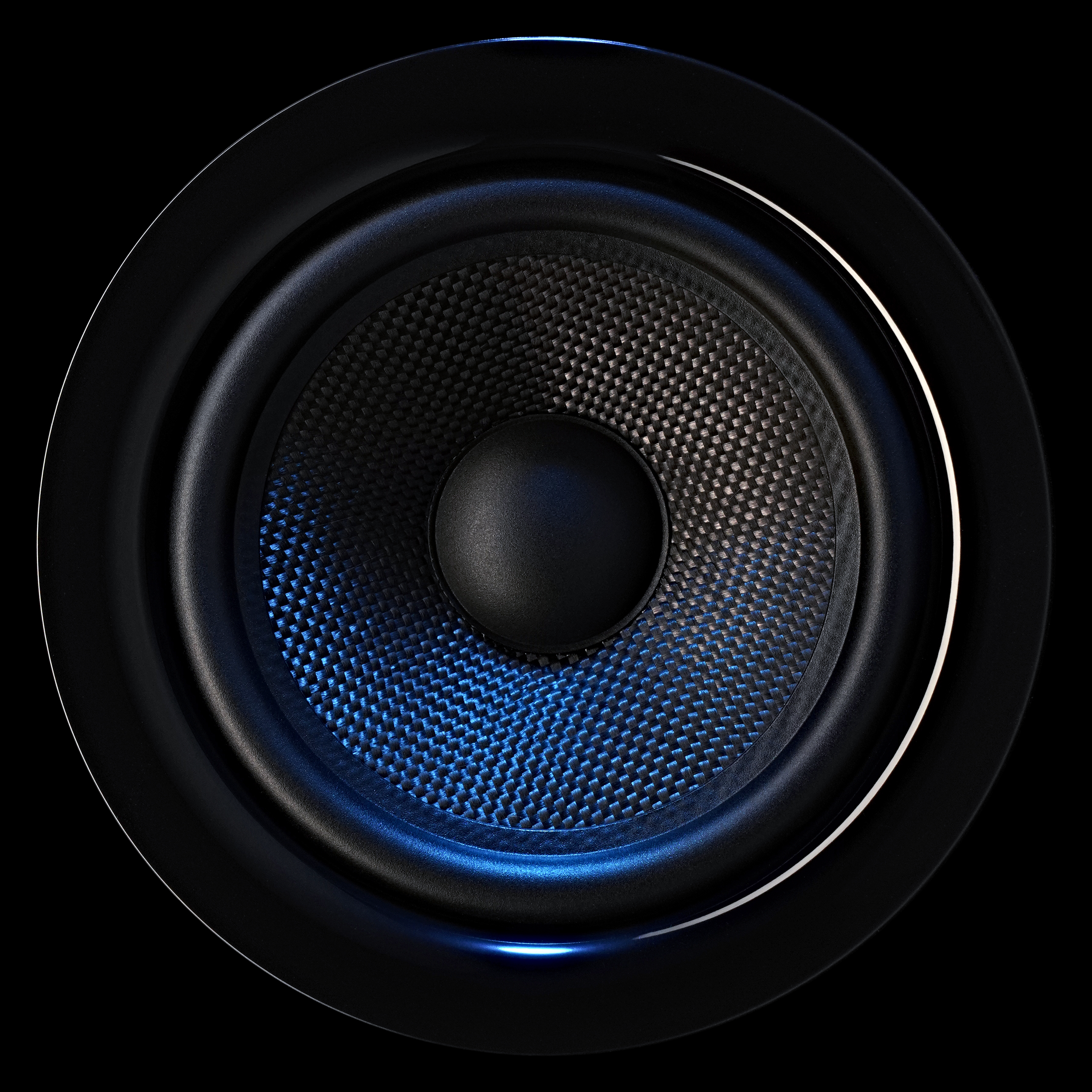Benefits of a Dedicated External DAC
Now that you know the difference between the two major DAC types, why would you want a dedicated external DAC when the DAC chip itself performs reasonably well? The main reason is that dedicated external DACs are designed to convert digital to analog in an extremely low noise environment, and they are designed to have more accurate processing of the digital signal. A DAC that adds noise and other distortions at the output due to a variety of processing and filter techniques, even when subtle, will produce distortion in the harmonic structure of the music, coloring the way the instruments sound. In addition, noise at the output will reduce low level detail and mask the spatial cues that contribute to the soundstage and the sense of information about the space the music was recorded in. Different DAC’s handle noise at the input differently, and this heavily affects their ability to produce a clean signal at the output. The two biggest issues with DACs boil down mainly to noise and jitter.
Noise
Noise encompasses electromagnetic interference as well as electrical noise from the power source itself. Computers tend to be very noisy because they are built for computing and have fans and noisy power supplies. Any noise that is produced by the source or by the DAC itself will be transferred to the analog signal at the output if not properly isolated. For external DACs, the noise from a laptop can travel through the cable and reach the input of the DAC. The quality of the cable used as well as the quality of the source component will determine how much of this electrical and RF noise reaches the DAC. Some noise will inevitably reach the DAC, and it is the DAC’s job to effectively filter out this noise while not damaging the input signal. A good DAC will have effective isolation so this noise does not reach the internals of the DAC, where all the computing, which must be precise, is done.
In addition, the power supply in the DAC needs to be as quiet as possible and must be able to reject the noise produced as current is running through the circuit, while still maintaining a significant amount of processing power. The ability of the DAC to successfully do this has a significant effect on the resolution of the output. Ideally, there would be no noise reaching the DAC. Unfortunately, it can never filter out 100% of the noise. Reducing noise in the cables and the source will increase the quality of the output signal from the DAC chip. Having a DAC specifically designed for high resolution audio, with a low noise floor, is essential for achieving quality sound. Noise is also produced because the DAC cannot perfectly approximate the original music waveform from digital information, and thus it must fill in the gaps, which creates noise that is challenging to filter out. There are other complex aspects of digital filtering and circuit design that contribute to distortion in the output, but that is beyond the scope of this article.
Why does noise in the analog domain matter? The DAC chip processes the incoming 1s and 0s and assigns a very small voltage to each bit value. This tiny signal needs to be preserved without added information, which is why the circuits and power supply need to be designed in a way that causes as little noise as possible. Once the voltage is produced, it must be amplified to a line level signal so that the power amplifier can process it. This is another aspect of design that is often overlooked. Many DACs aren’t just DACs, but pre-amps as well. A pre-amp takes a very small input signal, such as from the output of a DAC, and amplifies it to a line level signal that a power amplifier can use. The quality of the power supply for this pre-amp section, as well as the internal circuitry, is an extremely important part of a DACs overall performance.
Jitter
Jitter is deviation in the timing of the waveform from what it is supposed to be because of clock errors. Jitter commonly arises as a result of differences in clock timing between digital source and DAC, and the quality of the clock used within the DAC itself. some DACs will rely on the clock from the source, such as from a computer, however these clocks tend not to be as accurate as the ones found in dedicated DACs. Some DACs may allow you to adjust the jitter settings. Higher jitter will decrease processing time but will have…more jitter. It is up to the consumer to adjust the settings and determine what sounds best. I believe it is best to leave this setting alone, since most data is sent over asynchronous USB, which means that all the data is being clocked within the DAC itself, therefore cutting jitter substantially. The quality of the clock within the DAC is what would determine any difference in sound quality in this case. Most DAC’s come with asynchronous USB as an input option, which allows for the DAC to bypass the clock on the computer or other source, which in a lot of cases has a clock not suited for high end audio.
